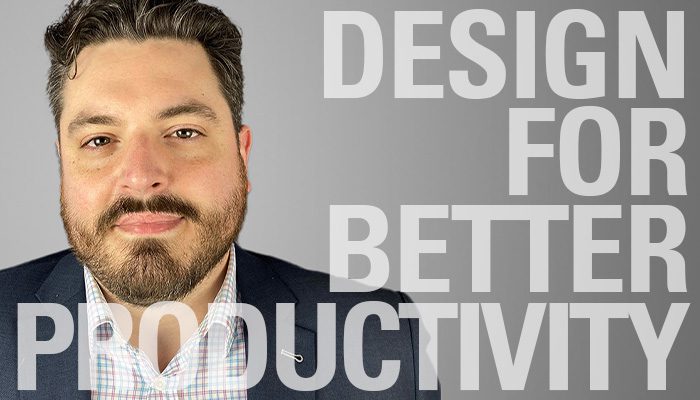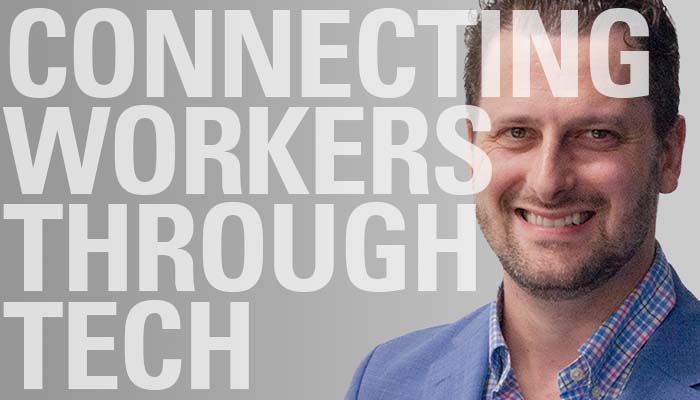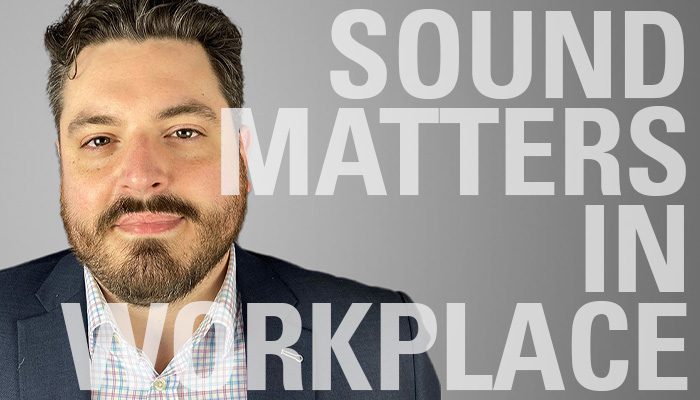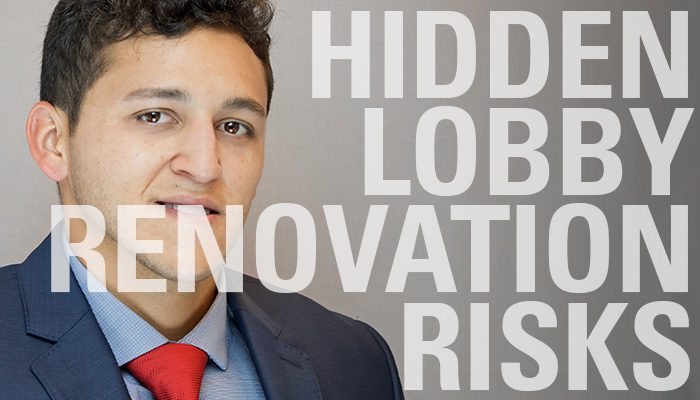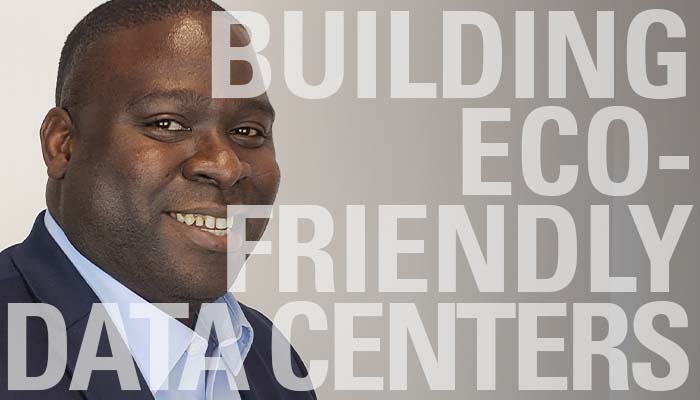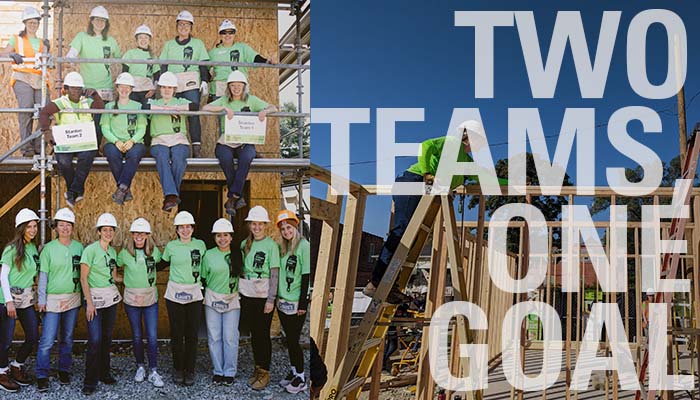As building owners, operators, and developers adapt to a hybrid work model, creating a welcoming office space is more important than ever. In an article for Propmodo’s Perspectives series, ESD now Stantec Senior Acoustics Project Manager Scott Hamilton shares his views on the evolution of the open office and why acoustics play such a critical role to the health, comfort, and productivity of returning workers. (Learn more about open office design.)
The evolution of the modern office needs to accommodate team members meeting in person and online. ESD now Stantec Senior Audio Visual Consultant John Doyle offers an overview of the best technology to consider. (Learn more about the meeting room technology.)
In a recent Q&A session with CommercialSearch, ESD now Stantec Senior Acoustics Project Manager Scott Hamilton shares his views on the evolution of the open office and why acoustics plays such a critical role. (Learn more about open office design.)
Transforming a building lobby to be more appealing to tenants and visitors could change the space’s environment in unexpected ways. Window condensation could become a problem if proper planning is ignored. (Learn more about the condensation issues.)
New technologies are transforming the traditional workspace allowing building owners, operators, and developers to attract and retain tenants in a competitive market. (Learn more about the smart building technology.)
The Advancing Data Center Construction 2023 conference is underway this week in Kansas City, Missouri, focusing on the issues and challenges facing that industry. This includes the environmental impact of data centers as the demand for cloud storage and connectivity continues to grow. (Learn more about data center sustainability.)
The German American Chambers of Commerce (GACC) is hosting a Chicago event focused on promoting energy efficiency in the building industry. (Learn more about the GACC conference.)
New technical guides offered by the Council on Tall Buildings and Urban Habitat (CTBUH) are an eagerly anticipated resource by those in the tall-building industry. The group’s latest offering from two authors from ESD now Stantec has been five years in the making. (Learn more about the Stack Effect in tall buildings.)
Two teams from ESD now Stantec and Stantec join a total of 600 Women Build volunteers in this year’s effort by Habitat for Humanity to construct houses for Chicago women who might not otherwise be able to afford a new home. (Learn more about Habitat for Humanity Chicago’s Women Build.)
Two of the largest expenses for law firms are real estate and technology. ESD, now Stantec Practice Leader for Technology Mo Fahim says higher-end spaces may have an advantage because they support new technologies better. (Read Mo’s interview at Law.com.)

